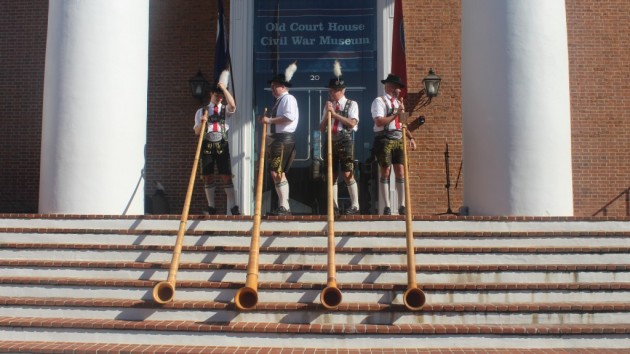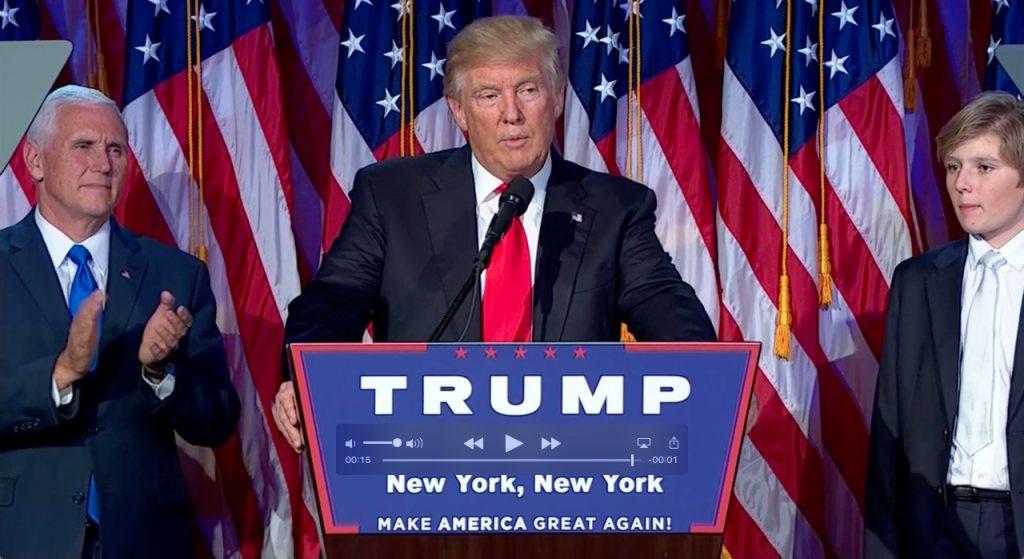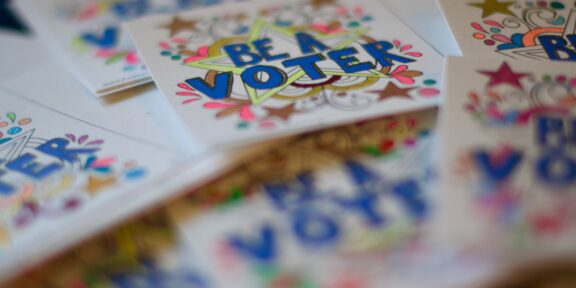Nathan McCall’s New Novel Prompts Debate on Gentrification
From the big-box stores replacing mom and pop retailers to the new faces in the city’s neighborhoods, it is clear that Washington, D.C., is undergoing change.
In a recent forum, residents of the District and surrounding areas heard views on gentrification from a local politician, a business owner and a professor, and even got to express their own concerns about the city’s future.
The forum, held at restaurant and bookstore Busboys and Poets, was part of author and journalist Nathan McCall’s promotional tour for his new novel, “Them.”
McCall said that for the tour, he would not merely be reading excerpts and signing copies of his book. Instead, he wants to hold a forum on gentrification in each city he visits.
“I hope this project stimulates more conversation and debate about the issue among people, especially among politicians and those who make the policies that impact those [communities],” said McCall, author of best-sellers “Makes Me Wanna Holler” and “What’s Going On.” A former reporter at the Washington Post and the Atlanta Journal-Constitution, McCall now teaches at Emory University in Atlanta.
In his novel, Barlowe Reed, an African-American living in Atlanta’s Old Fourth Ward, forms a complex bond with his new neighbors, a white couple named Sandy and Sean Gilmore.
The book deals with how blacks and whites view each other in a predominantly black neighborhood undergoing change due to an influx of white residents.
Sunday’s forum generated intense discussion about gentrification’s effects on Washington, D.C., and the United States as a whole.
The panelists agreed that while gentrification brings positive economic change to communities, the process often forces longtime residents out of their neighborhoods.
“If you define it as investment and development, yeah it’s a good thing,” said George Mason University assistant professor Tony Samara, who is also an Adams Morgan resident. “If we define it as displacement, that’s different.”
Ward One Advisory Neighborhood Council (ANC) Commissioner Dee Hunter said that although blacks appreciate that flawed city services like public education are now getting attention, they resent the fact that it took the arrival of whites to stimulate change.
As the owner of 62-year-old Lee’s Flower & Card Shop on U Street Northwest, Rick Lee has experienced gentrification’s impact on locally owned businesses. He said the city thrives on tax revenue from small businesses, but courts large retail chains with tax incentives.
“You can’t tax these small businesses to death and expect them to survive,” Lee said.
His dilemma is similar to the one faced by longtime homeowners and renters in Washington, many of whom cannot keep up with rising property values and taxes.
According to 2004 census data, 19 percent of the city’s residents live in poverty. Many have left Washington in favor of areas like Prince George’s County, Md., where the cost of living is less expensive.
Although class is a factor in gentrification, the panelists agreed, race is the predominant issue. Many residents worry that with the loss of economic diversity, there will also be a loss of racial diversity.
“D.C. itself, a historically black city, is now destined to become a majority white city,” Hunter said. “A lot of African Americans resent that.”
According to census data, Washington, D.C., was 65.8 percent black and 29.6 percent white in 1990. In 2005, the city was 57 percent black and 38 percent white.
“Integration is a good thing with mutual respect of differences,” McCall said. “When there’s no mutual respect of differences, there’s a problem.”





